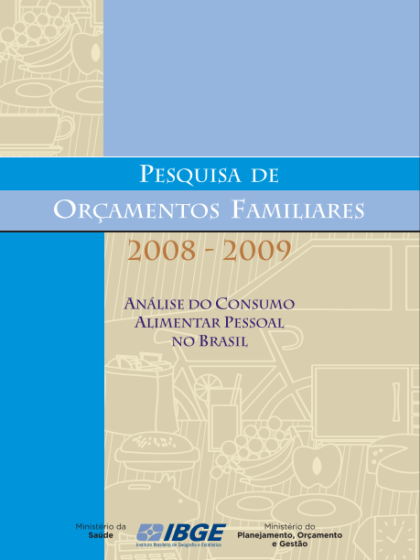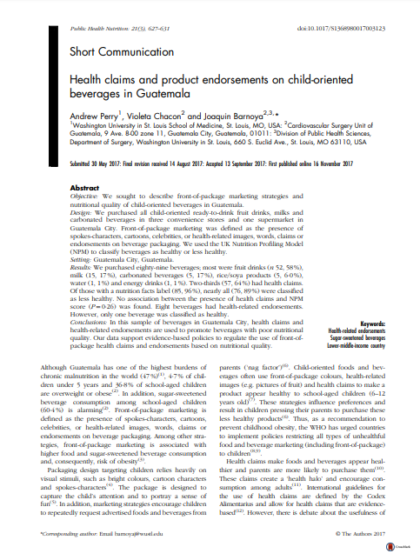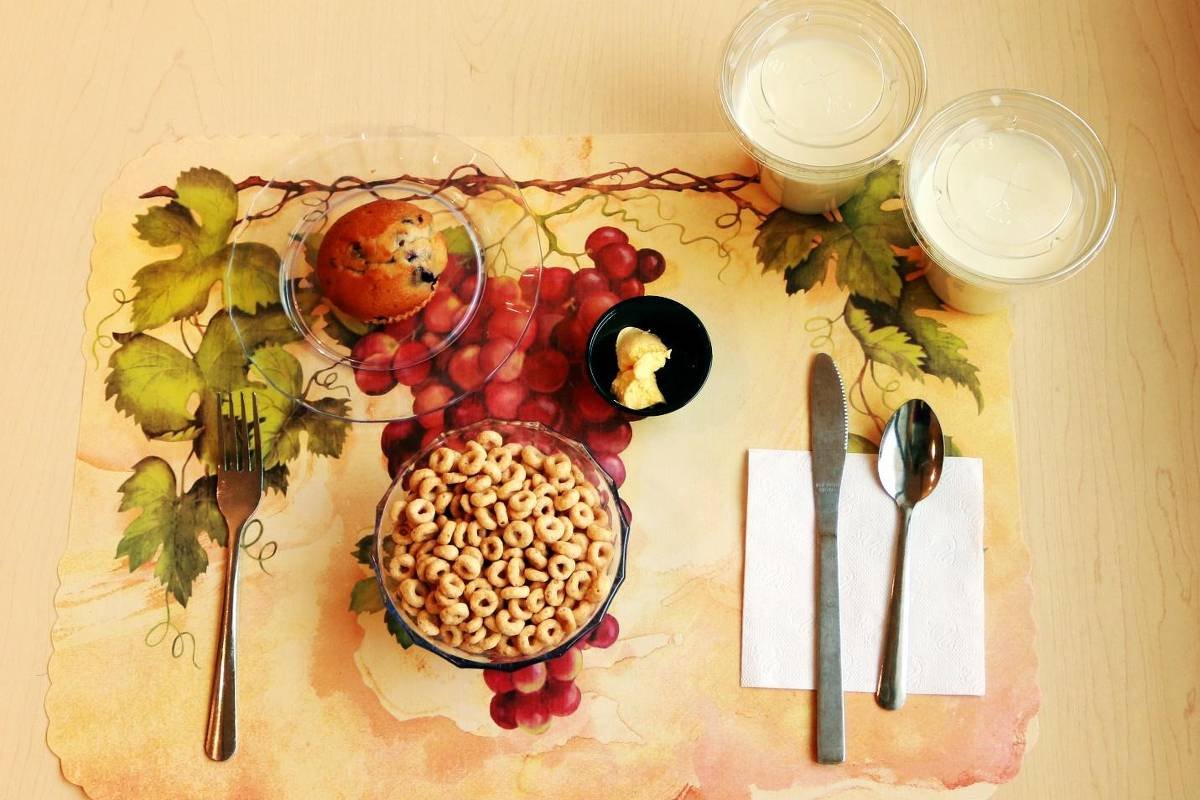Understanding the children’s food preferences: what is the publicity influence?
Brazilian children are, increasingly earlier, beginning to consume ultra-processed food, such as artificial juices, soft drinks, snacks, cakes and savory snacks. This represents dramatic impacts on their health. However, how such harmful products for the children are gaining space in their routines? The purpose of this research was to find out the children’s food preferences and to check what marketing strategies, mainly regarding the food products packages design, have more influence on the children’s, as well as their fathers’, mothers’ and caretakers’ food choices. Check it out.
Researches
Institution
Published
The Research of Family Budgets (RFB) of 2008-2009 showed that overweight reaches one in every three 5 to 9 year-old-children in Brazil. With the purpose of collaborating to the development and implantation of public policies and to the food regulation, a study with Brazilian children of different socioeconomic levels was carried out. The study showed that the children prefer to take ultra-processed food, with attractive packages to school, instead of healthy food. The research also shows that this choice is not limited to the children, but includes their parents and caretakers, and this stimulates the little one’s food habits.
Methodology
The research involved 69 children from 7 to 12 years old, of different socioeconomic levels, from urban areas of São Paulo municipality. During the focal groups, the children had to list their favorite foods and drinks, answer questions about aspect and marketing strategies that make them want to consume those products, draw and stick packages of sandwich cookies and snacks, respectively, with the purpose of increasing the sale of fictitious products, created by them, near schools. Parents and caretakers responsible for the choice and purchase of the children’ food have also participated in the study, answering a questionnaire.
-
69 children
51% boys and 49% girls -
Parents and caretakers
Most women (81%) who work outside the home (72%)
Conclusions
Packages that emphasize the product and captivating colors are the most attractive strategies
According to the children, the marketing strategies that call their attention when they choose ultra-processed foods and drinks are product in evidence (image of sandwich cookies, for example), vibrant and attractive colors, information about the flavor, characters on the packages and novelties that, they can usually collect. Furthermore, according to the data, juices (81%), soft drinks (54%), ultra-processed yogurts (28%), savory snacks (61%), fruits (57%), industrialized cakes (55%) and crackers (41%) are the children’s favorite snack options. Although fruits are in second place among the most mentioned food options, industrialized cakes and cookies were the favorite ones of children of lower social classes, whereas fruits are positioned in forth place (47%).
Ultra-processed foods are the favorite ones for children and parents for snack
Most parents and caretakers (60%) said that the children do not consume or consume very rarely products with sweetener. Nonetheless, 71% of them said that they put in the children’ lunch box snacks and crackers, 58% cakes and wafers, 42% savory snacks, 90% industrialized juices and 57% dairy drinks and chocolate milk, among others. This could mean that they do not know the food products composition, as most of them have sweetener in their composition. The research also showed that 45% of parents and caretakers said that they do not have the habit of checking the labels of the products they consume, and 10% of them never check them. Besides, 82% agree with the statement that the visual elements that are present on the food packages, such as colors, information and images have a great deal of influence on the children’s food choice.
Scientific article
Support material
Inspirational laws and projects
Successful cases
-

Nutritional front-of-package labeling in Chile (in Spanish)
The Chilean law prohibits the publicity directed at children under 14 of foods that have the black octagon "high in" on the front of packages, indicating excessive quantities of nutrients that are harmful to health, such as salt, sugar and fat. It also prohibits the delivery of novelties together with such foods and the sale of these products in schools, with the purpose of transforming that place into a healthful environment.
-

Nutritional front-of-package labeling in Peru (in Spanish)
Besides the implementation of the front-of-package nutritional labeling, the Peruvian Manual of advertising warnings focuses on actions to promote healthy diets, such as educational activities in schools and the regularization and the inspection of the publicity directed at children.
Talk to us
Do you have any questions, suggestions, comments or want to help increase the debate about adequate and healthy eatings? Send an e-mail to contato@alimentandopoliticas.org.br or fill out the form on the Contact us page.
Subscribe to our email lists for all the latest news first hand
Find other themes
-
Conflict of interests
Find out how public policy can be influenced by private interests and how to avoid it -
Food environment
Understand how physical, social, economic, cultural and political environments can influence Brazilian eating [or dietary] habits -
Food labeling
Learn how to make food labels simpler and more understandable, and how to improve consumers' eating [or dietary] habits -
Food Systems
Healthy patterns of food production, distribution and consumption combat obesity, hunger and climate change. -
Price of food
Understand how fiscal measures directly affect the consumption of healthy and unhealthy foods -
Real healthy eating
Find out how to improve the population's dietary habits in your city, state or country















